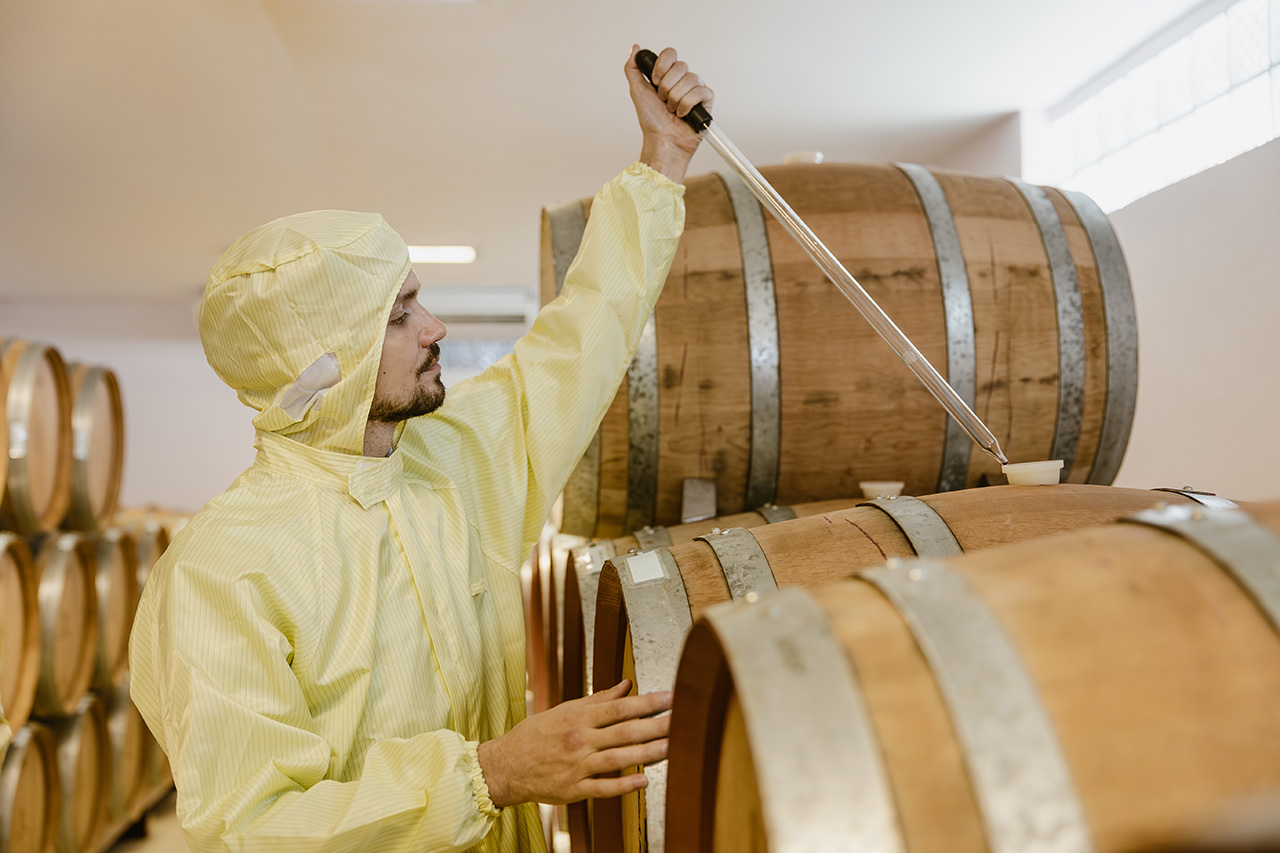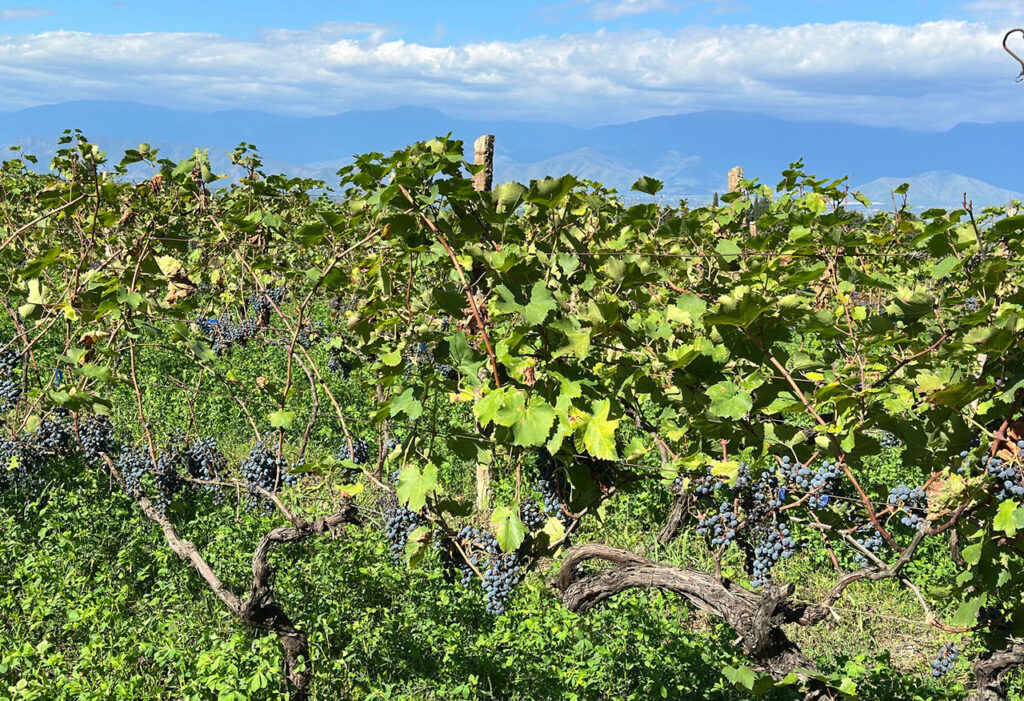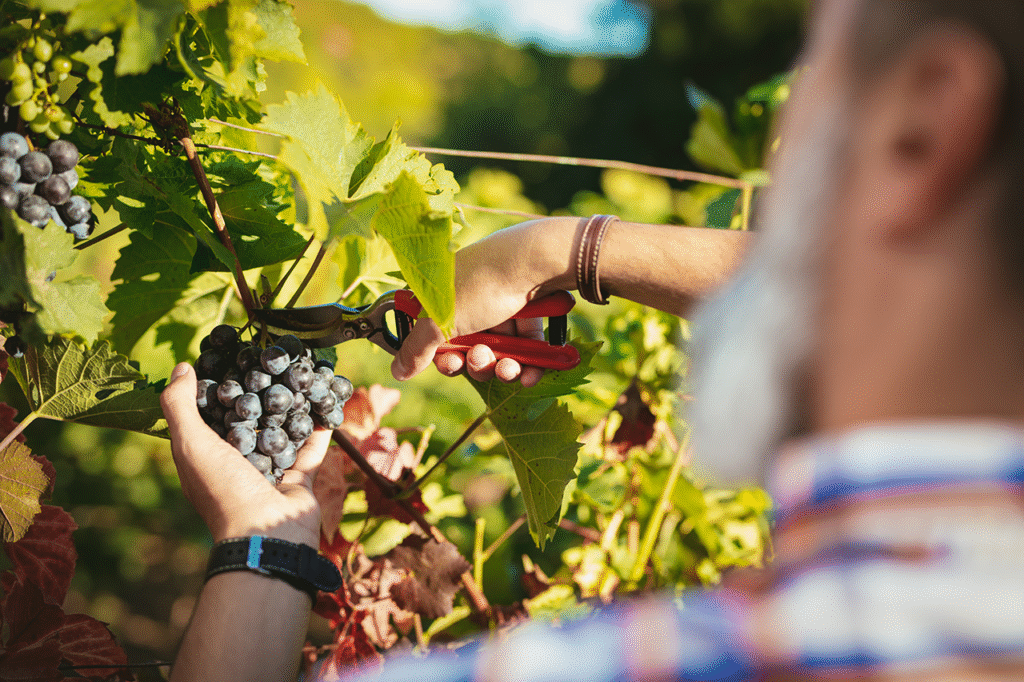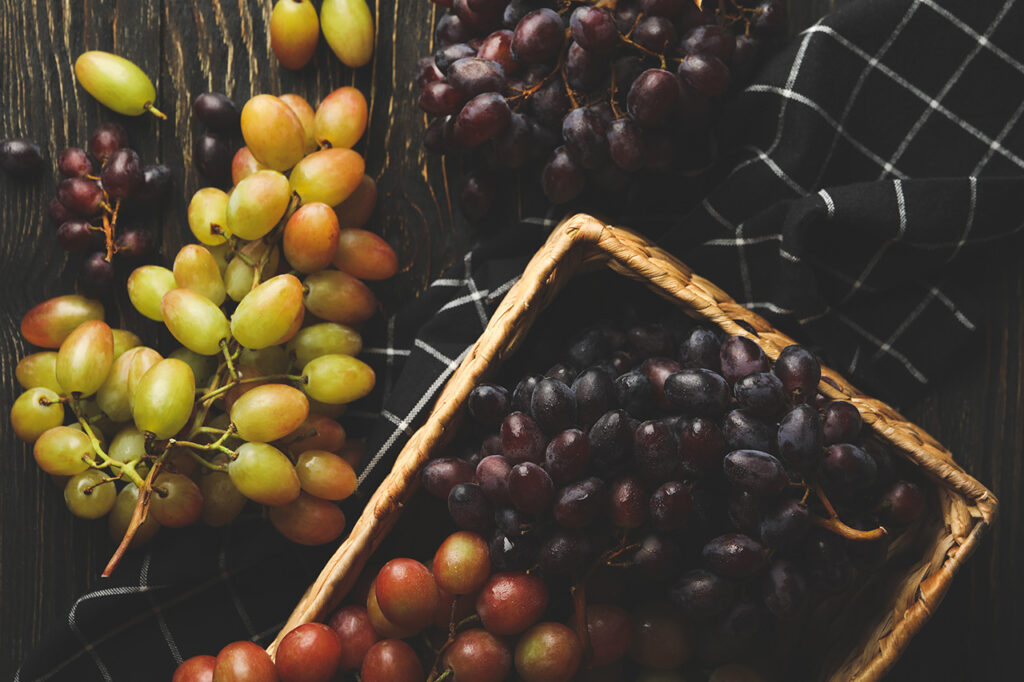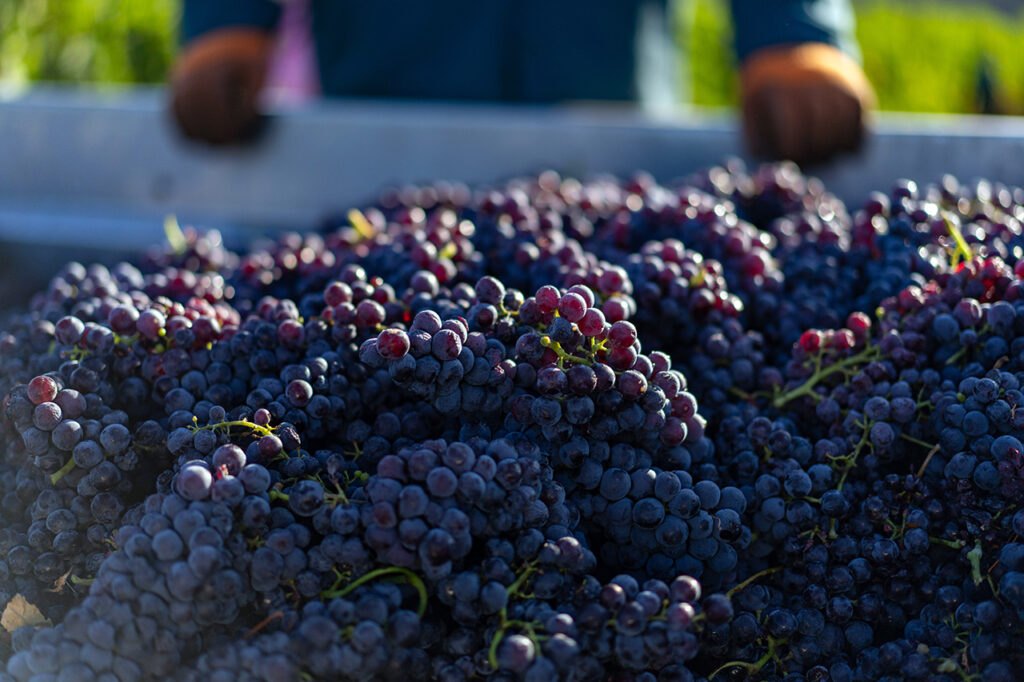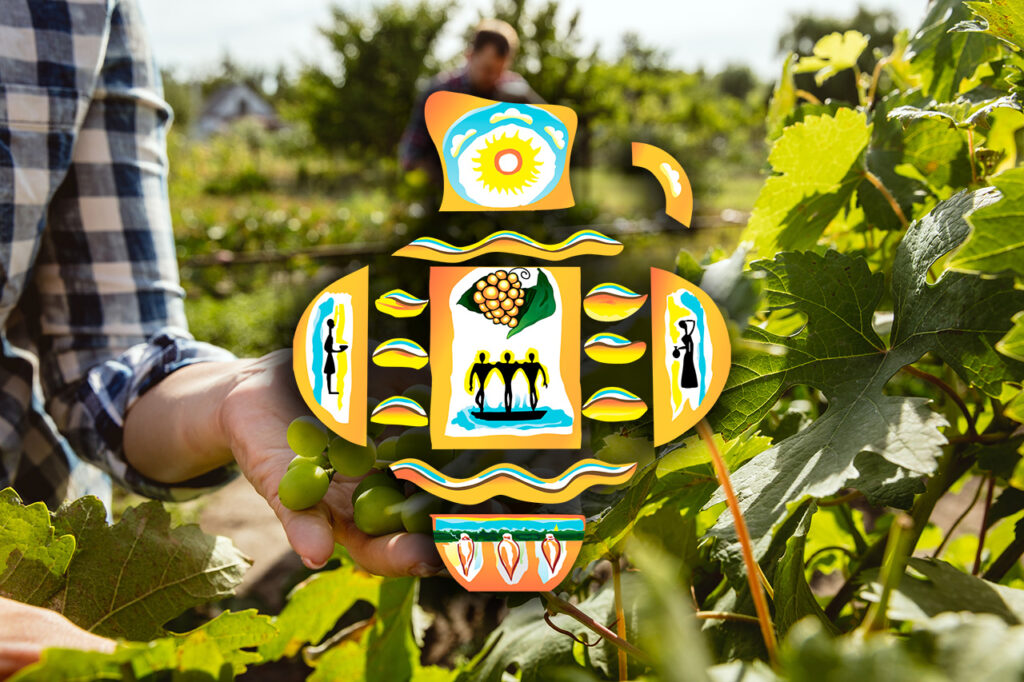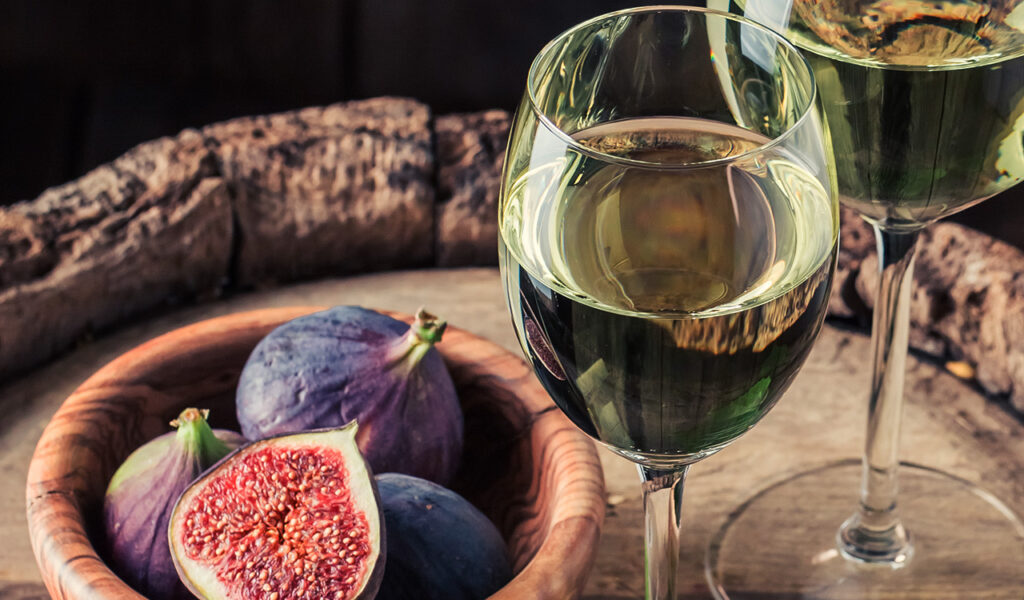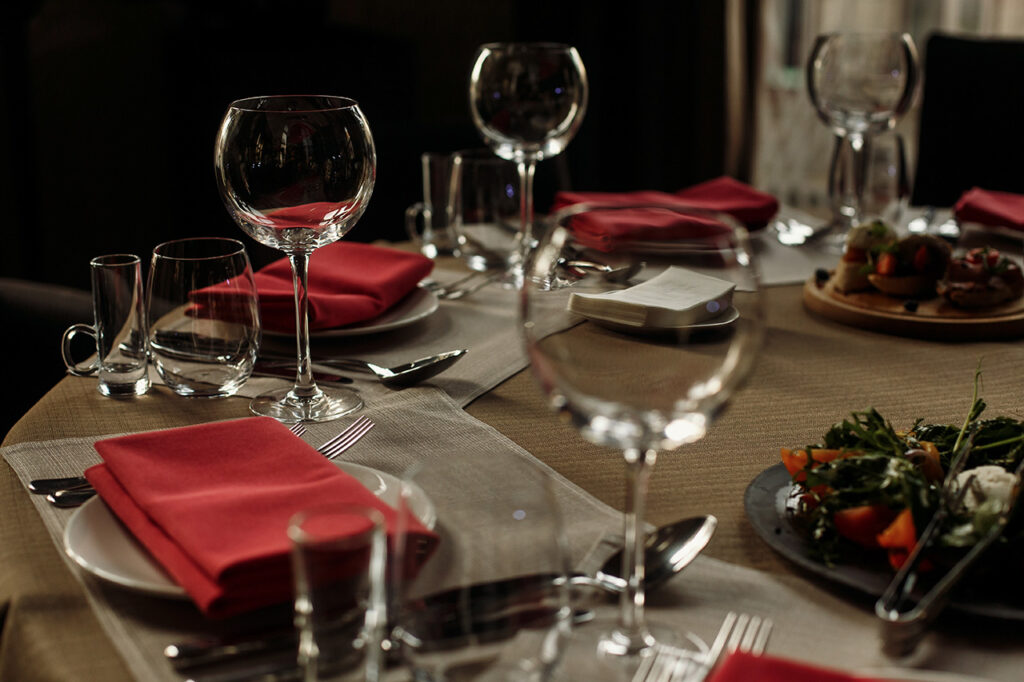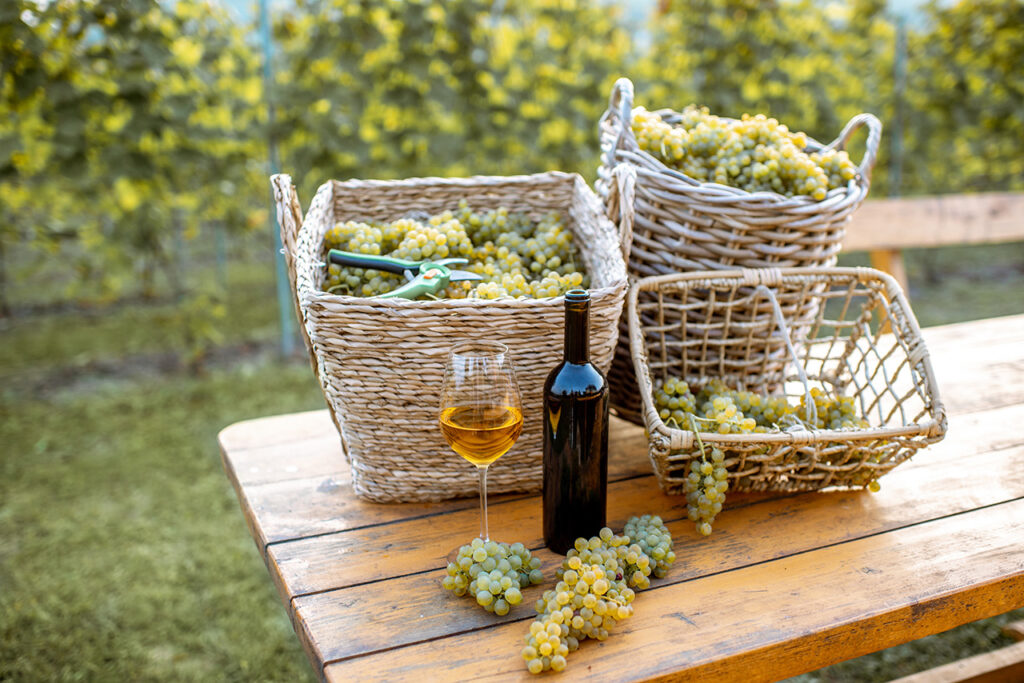For centuries, France has been regarded as the pinnacle of winemaking excellence, setting the global standard for techniques, classifications, and refined styles. Meanwhile, Georgia, the cradle of wine, has maintained its ancient and unique methods, rooted in over 8,000 years of uninterrupted tradition. Though both nations produce world-class wines, their approaches to viticulture and vinification are starkly different, offering wine lovers a fascinating contrast between modern precision and ancient authenticity.
The Vineyard: Terroir and Grape Varieties
In France, terroir is the foundation of winemaking. The concept, deeply ingrained in French viticulture, emphasizes how soil composition, climate, and topography influence the final wine. Each AOC (Appellation d’Origine Contrôlée) regulates grape varieties, yields, and winemaking techniques, ensuring consistency and quality. Regions like Bordeaux, Burgundy, and Champagne are known for their structured approach, with meticulous vineyard management and a focus on controlled ageing.
Georgia, on the other hand, embraces a more natural and holistic philosophy. The country is home to over 500 indigenous grape varieties, many of which are cultivated without heavy chemical intervention. Unlike the rigid appellation system in France, Georgian winemaking is more flexible, with winemakers often allowing nature to dictate the process. The country’s distinct terroirs—from the lush valleys of Kakheti to the cooler elevations of Imereti—give rise to unique and expressive wines.
Winemaking Techniques: Qvevri vs. Barrels and Stainless Steel
One of the most striking differences between Georgian and French winemaking is the use of fermentation vessels. In France, winemakers predominantly use stainless steel tanks, oak barrels, or concrete vats, depending on the desired style of wine. Bordeaux wines often undergo fermentation in stainless steel before being aged in oak barrels, imparting complexity and structure. Burgundy winemakers rely on barrel ageing to enhance delicate nuances in Pinot Noir and Chardonnay.
Georgia, however, employs the Qvevri, an ancient clay vessel buried underground, allowing for natural temperature regulation. Grapes, including skins and sometimes stems, are fermented in these vessels, resulting in a deep, tannic, and unfiltered wine with a rich texture. This method, dating back thousands of years, contrasts sharply with the controlled, scientific approach of modern French winemaking.
Ageing and Refinement: Controlled Elegance vs. Natural Evolution
French wines, particularly those from prestigious appellations, often require years of ageing before reaching their peak. Barrel ageing in French oak softens tannins and adds layers of vanilla, spice, and toast. Wines from Bordeaux, the Rhône Valley, and Champagne follow strict ageing protocols to ensure balance and longevity.
In Georgia, wines made in Qvevri are aged underground, allowing for a slow and natural evolution without external intervention. The absence of sulfites and filtration results in a raw and expressive style that highlights the grape’s purest character. The ageing process in Georgia is more about patience and observation rather than adherence to strict guidelines.
Taste Profiles: Precision vs. Bold Authenticity
French wines are known for their elegance, refinement, and complexity, with winemakers striving for consistency and structure. Wines from Bordeaux tend to have bold tannins and black fruit notes, while Burgundy offers ethereal, earthy, and mineral-driven wines. The influence of terroir is carefully balanced with winemaking intervention.
Georgian wines, particularly amber wines (made with extended skin contact), offer a wild, bold, and deeply textured experience. They often have flavours of dried fruits, tea leaves, honey, and nuts, with pronounced tannins and oxidative notes. The approach is less about refining and more about allowing nature to dictate the wine’s journey.
A Matter of Taste and Tradition
French and Georgian winemaking traditions stand at opposite ends of the spectrum—one defined by precision, structure, and regulation, the other by natural expression, ancient techniques, and bold authenticity. For wine lovers, exploring both styles provides a deeper appreciation of what makes wine so diverse and extraordinary. Whether savouring a meticulously aged Bordeaux or an unfiltered, skin-contact Georgian amber wine, each sip tells a story of history, culture, and craftsmanship.
References
“Grafting the Grape: The Rich History of Georgian Winemaking” – This article explores the unique aspects of Georgian winemaking, including the use of qvevri and traditional methods.
“Comparison of Wine Production Regulations in France and Georgia” – This scholarly article examines the development of wine production regulations in both countries, highlighting key differences in their approaches.
“Shock of the new: Peter Dean on the modernising of Georgian wine” – This piece discusses the evolution of Georgian winemaking and contrasts it with more traditional methods, providing insights into how Georgian wines are adapting in the modern era.
